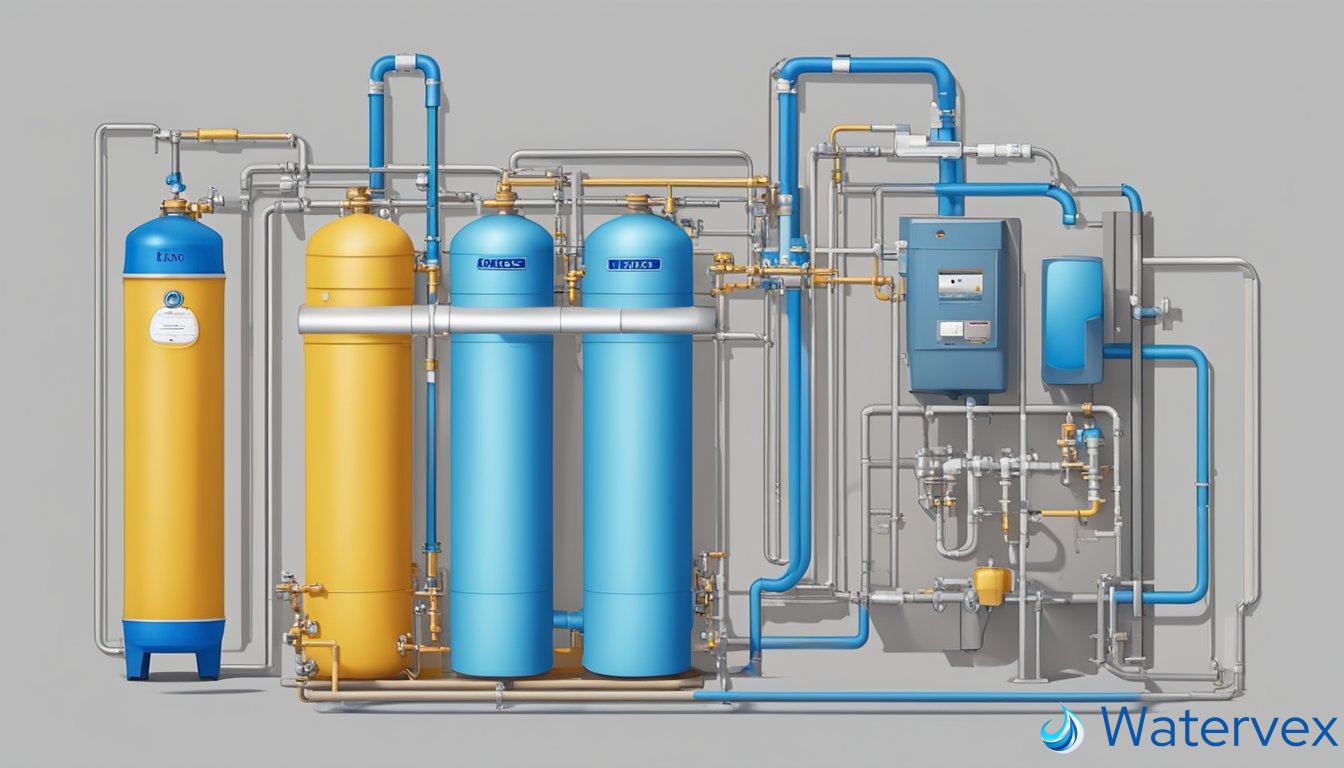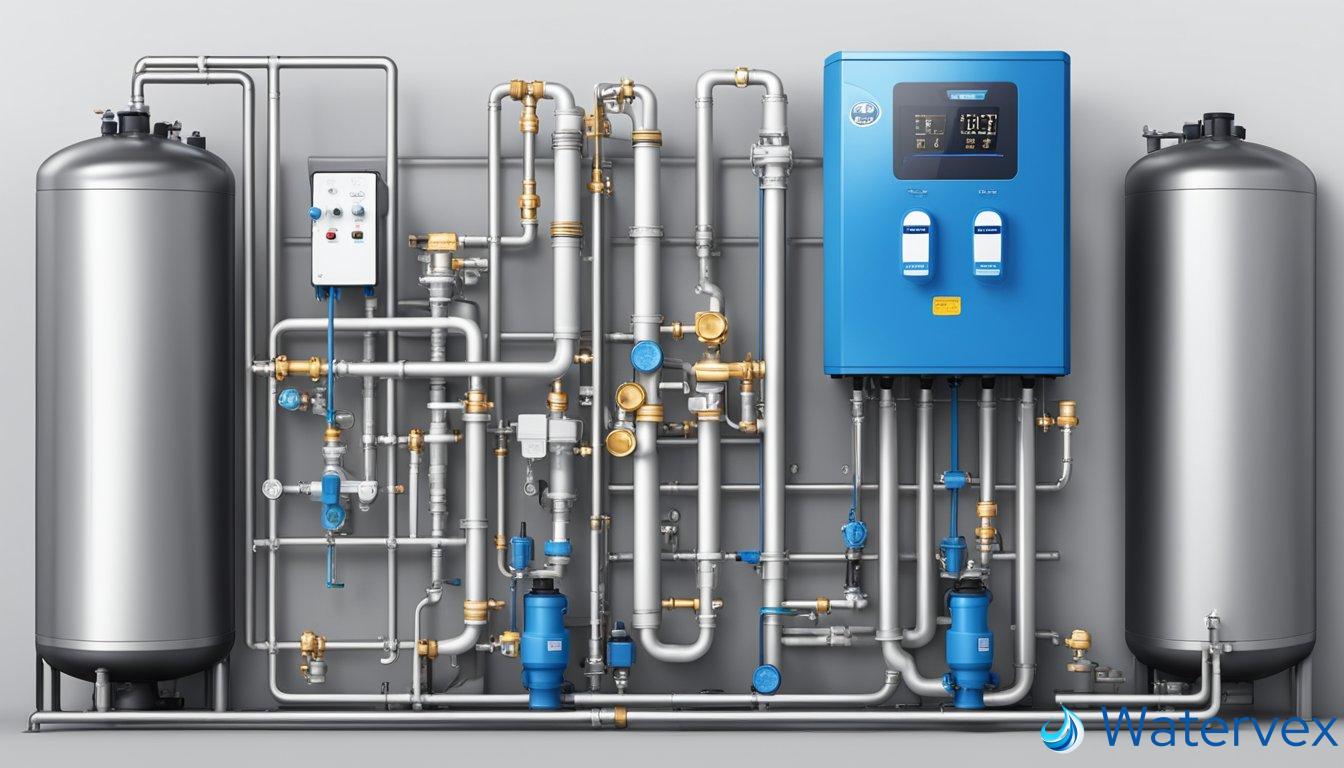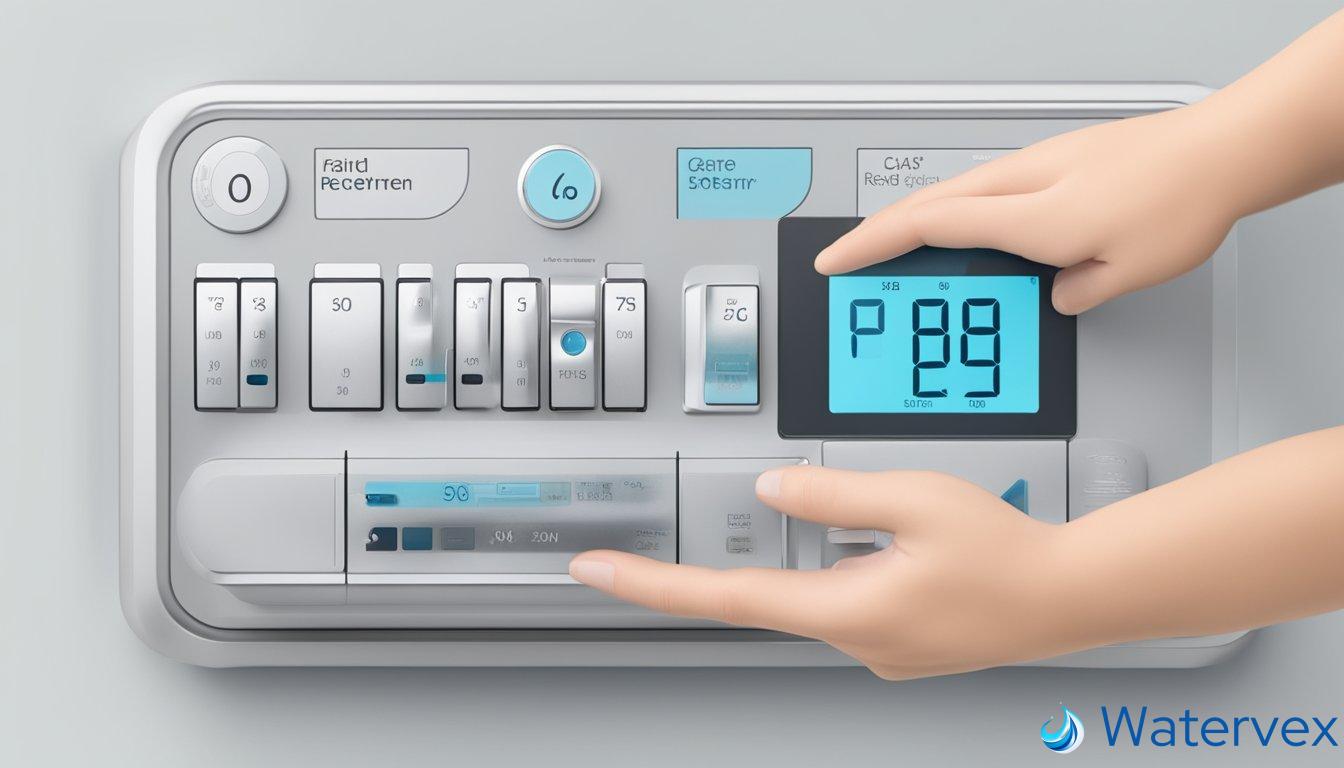Understanding when to regenerate your water softener is vital to maintain soft water in your home. Your water softener operates by using resin beads to remove hard minerals, like calcium and magnesium, from your water through an ion exchange process. But these beads don’t last forever; they become saturated with these minerals and need to be cleansed, which is done through regeneration. Regeneration frequency is not a one-size-fits-all matter; it’s determined by several factors including your water’s hardness level, your household water usage, the capacity of your softener, and the amount of sodium in your brine solution.

If you set the regeneration intervals too far apart, the efficiency of your water softener can decrease, failing to mitigate the hard water problem. Conversely, if the unit regenerates too often, it can lead to unnecessary waste of water and salt, and can even shorten the life of your system. You may find that your water softener needs to regenerate every few days or it could stretch to a week or more. Sometimes, water softeners are designed to regenerate based on actual water usage or a predetermined schedule, which can be adjusted to match your specific water softening needs.
Key Takeaways
- Water softener regeneration is vital for maintaining soft water and needs to be scheduled based on multiple household factors.
- Setting the correct regeneration frequency optimizes the efficiency and lifespan of your water softener.
- Properly scheduled regeneration prevents waste of resources and ensures the continuous supply of softened water.
How Often Should a Water Softener Regenerate?
Water softeners are critical in maintaining the longevity of your appliances and the quality of your water. The regeneration frequency of your water softener is a pivotal factor that ensures its effectiveness. So, how often should it happen?
Typically, regeneration cycle recommendations vary. For average households, expecting a regeneration about once a week is common. However, this isn’t a one-size-fits-all answer. Your unique water usage and the hardness of your water greatly influence this schedule.
The demand regeneration water softeners are tailored to regenerate based on your water usage. They monitor water flow and regenerate only when necessary, enhancing efficiency. This adaptive approach contrasts with time-initiated regeneration, where the system regenerates at pre-set times, regardless of water usage.
Now, consider the capacity of your water softener. If you notice frequent regenerations, say daily, it’s a hint that your unit might be too small for your household’s water consumption.
- Average Regenerate: About once a week
- High Usage/Hard Water: More frequent regeneration needed
- Capacity Too Small: May regenerate more often
- Demand-Based Systems: Adapt to your water usage
To decide your regeneration frequency, you might want to make some calculations. Determine your daily soft water requirement and compare it with your system’s grain capacity. This will provide a more precise idea of the days between regeneration.
If your current water softener regenerates nightly, it’s a signal to reassess your system’s suitability for your home. Conversely, if too many days pass without a regeneration cycle, it could mean inefficiencies or underutilization of your system.
Remember, the key is balance. Finding the optimal frequency of regeneration for your water softener translates to better water quality, cost efficiency, and prolonging the life of your unit.
What Factors Determine Regeneration Frequency for Water Softeners?

Understanding what triggers the need for your water softener to regenerate is key to ensuring its efficient operation and your home’s water quality. Let’s break down the two main factors: the mineral content in your water and your household’s water usage, alongside the capacity of the resin in your softener.
Assessing Hardness Minerals and Water Consumption
Hardness minerals, primarily calcium and magnesium, are measured in grains per gallon (GPG). The more of these minerals present in your water, the harder the water is, and the more frequently your water softener needs to regenerate to continue providing soft water. Your water consumption also plays a significant role. A larger family or one with higher water usage will cause the unit to regenerate more often as the resin bed becomes exhausted quicker due to more frequent use.
- To assess:
- Test your water to determine hardness levels.
- Monitor consumption to estimate how much water your household uses on average.
Understanding Resin Capacity and Its Effect on Regeneration
Resin capacity is integral to how often your water softener regenerates. It’s a measure of the amount of hardness minerals the softener can remove before needing to regenerate. This capacity is often rated in thousands of grains. Once the resin bed is saturated with hardness minerals, a regeneration cycle is required to renew its softening capability.
- Considerations:
- The size of your softener affects resin capacity; a larger unit can handle more before regeneration.
- Flow rate determines how quickly water passes through, which can impact resin exhaustion.
Factors like household size, local water hardness, and personal water usage habits are critical for determining the size and type of water softener that best matches your needs. Remember, a balanced system that adequately addresses both the hardness of your water and your family’s consumption will provide the best performance with the least frequent need for regeneration.
Can You Adjust the Regeneration Schedule on Your Water Softener?

Your water softener’s regeneration frequency is key to its performance and your water quality. Understanding how to adjust the control valve can ensure that your softener meets your specific water usage patterns and maintains reserve capacity.
Modifying Regeneration Settings Based on Usage Patterns
Adjusting the control valve on your water softener can cater to changes in water consumption. By monitoring your water usage, you can fine-tune the settings to regenerate more or less often. For example, if you host guests frequently, you might increase the frequency to handle the extra demand. Conversely, if you’re away on vacation, you might decrease it to conserve water and salt.
- To adjust the settings:
- Locate your control valve, usually at the top of your water softener.
- Follow the manufacturer’s instructions to enter the programming mode.
- Input your household size and average water usage to calibrate the regeneration cycle.
Remember, each model may have a different method for altering the schedule, so refer to your unit’s manual for specific guidance.
Dealing with Common Water Softener Problems
When troubleshooting water softener problems, the frequency of regeneration can be a common factor. If you notice signs that your water quality is declining or the unit is consuming salt too quickly, these could signal issues with the brine tank or brine valve functioning.
For maintenance and minor repairs:
- Check the brine tank for salt bridges or salt mushing, which could affect regeneration.
- Inspect the brine valve and ensure it’s free of debris or blockages.
If these steps don’t resolve the issue, it may be time to consult with a professional for further troubleshooting and repair. Keeping an eye on how your water softener operates between regenerations can prevent larger issues and extend the lifespan of your system.

